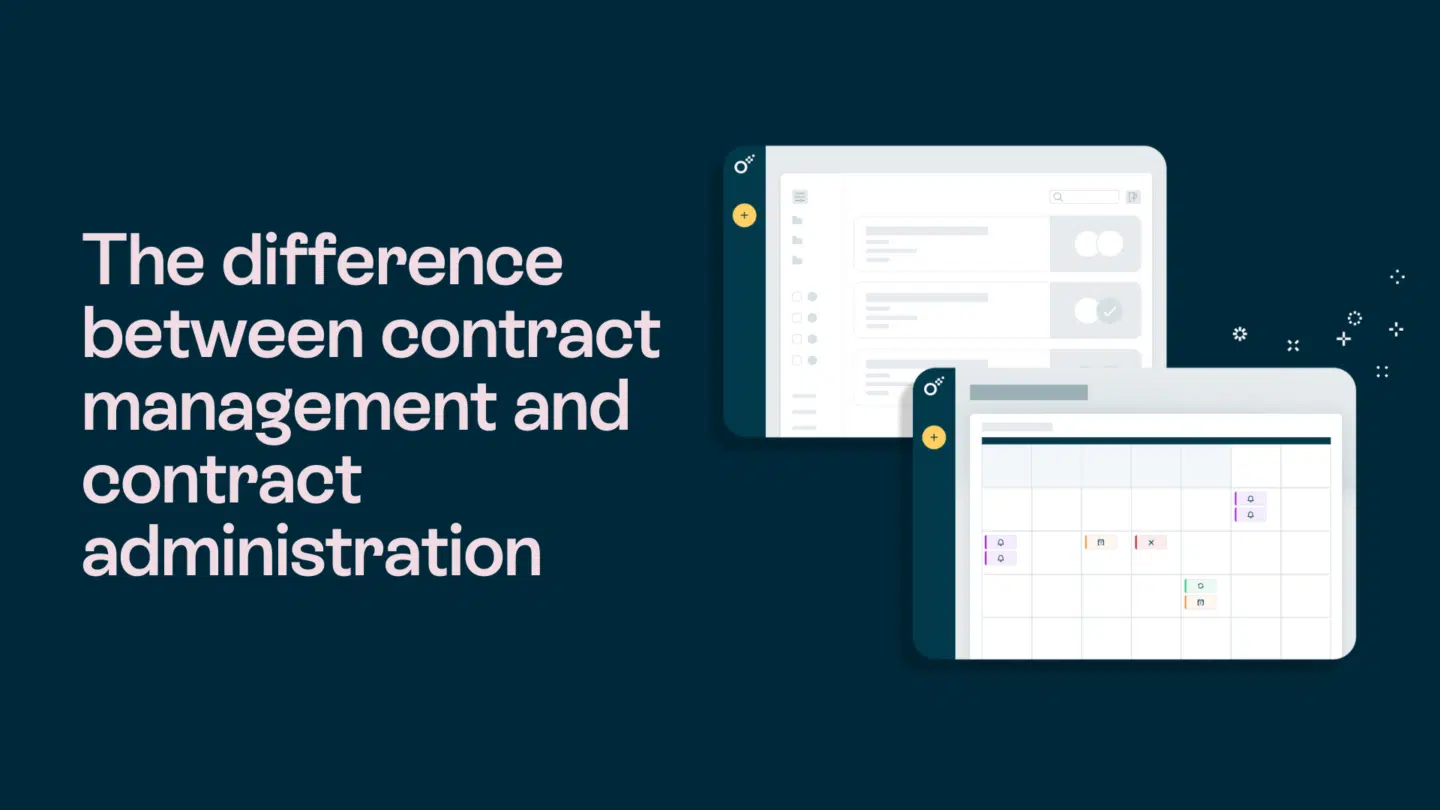As businesses scale up, many struggle to maintain the quality of their products and services. To stave off compromises in quality and maintain efficiency, businesses can use a sophisticated framework.
This is where revenue operations (otherwise known as RevOps) frameworks come into play.
What is a revenue operations (RevOps) framework?
RevOps is a strategic approach for growing revenue across a company. A RevOps framework aligns all the internal teams whose activities generate revenue — including marketing, sales, and customer success — so that they can work toward shared goals.
This methodology is designed to ensure that all relevant parts of the organization work together smoothly: communicating, collaborating, and using standardized processes. The idea is to increase efficiency and maximize revenue.
By streamlining business functions, implementing new technologies, and aligning departmental goals, RevOps frameworks can improve key performance indicators (KPIs) and other metrics, as well as the customer experience.
In a 2023 survey, 21% of companies cited increased productivity as a result of implementing RevOps functions. So these changes can have significant benefits.
Benefits of implementing a RevOps framework
Let’s take a look at the key advantages of a RevOps framework.
Improves efficiency
Streamlining processes and integrating tools brings efficiency and productivity gains as well as boosting renewals and revenue. You’ll save time through automation, enabling teams to focus on higher-value activities. A RevOps framework also helps you scale your operations.
Breaks down silos
With all teams in alignment and sharing their knowledge, there are no omissions or duplicated tasks. Teams are working cohesively, not competing against each other for resources. By keeping all relevant data in a central place, it’s easy for everyone to access.
Read also: The five hidden costs of working in silos

Reduces costs
Optimizing your processes not only drives revenue up — it also reduces the cost of revenue generation thanks to increased efficiency, shared resources, and the ability to make data-driven decisions. You should also see an uptick in your company’s ROI.
Makes sense of KPIs
RevOps frameworks turn potentially abstract KPI targets into actionable steps that can be incorporated into daily processes. By providing employees and departmental managers with these actionable steps (rather than simply showing them graphs and data), RevOps teams can turn business ambitions into achievable goals.
Removes departmental bias
Because RevOps frameworks are designed by a team analyzing data from across the business, they aren’t hindered by departmental bias. The changes they implement are based on performance reviews and data that help to realign all operations, rather than small changes to specific departments. This makes RevOps frameworks excellent for implementing large changes, such as the use of AI in business.

How RevOps helps increase renewal rates
Now that we’ve explained what a RevOps framework is, it’s time to take a look at some of the specific ways in which RevOps helps to increase renewal rates and consolidate sales.
Unites teams around specific goals
As we’ve mentioned, RevOps frameworks help to bind all the different departments in a given business around a common goal. In this case, the framework provides a clear mechanism for all teams to align themselves with the specific aim of increasing renewal rates.
Although the main focus of a RevOps framework is revenue generation, it will include processes for improving customer satisfaction — and you can build in a specific section that targets the goal of boosting recurring revenue through renewals.
Delivers actionable insights
Thanks to insights derived from integrated data and customer feedback, the business can identify opportunities and areas for improvement and make appropriate changes. The RevOps framework will show each team the exact steps to take.
For example, RevOps can analyze feedback collected across the business and work out which aspects of customer concern are the most pressing – and which processes are at fault. By responding fast to these insights, the business can quickly re-orientate around customer-centric goals.
Enhances customer experience
By taking a customer-first approach and focusing on the entire customer journey, a RevOps framework leads to higher satisfaction and loyalty, which drives repeat business and referrals.
Streamlining and standardizing business processes helps you provide a more efficient and consistent experience for customers, while data-driven insights such as account usage signals can help you identify those at risk of leaving.
Sharing data among marketing, sales, customer service, and product development teams is also crucial for boosting renewal rates, as they can work together to find ways to convince customers to renew their purchases.
Read also: Build a customer experience strategy that drives growth

Fosters improvement through technology
A key element of RevOps is the integration and streamlining of the company tech stack, ensuring that all teams can leverage the tools to increase revenue and improve customer experiences.
For instance, your RevOps framework could implement enterprise gen AI to automatically take notes during customer calls — meaning that the rep or agent can concentrate fully on what’s being said and seize opportunities to nudge the customer toward renewal.
Another example is automated renewal notifications, which integrate various tools to streamline the renewal process and ensure that no customer is overlooked. It’s convenient for customers, too, as they get automatic reminders before the renewal date. Automated workflows make the process quick and easy for everyone.
Steps to build a reliable RevOps framework for renewals
So RevOps departments are clearly beneficial for businesses that are looking to increase their renewal rates, but how can a company look to implement their own RevOps framework for renewals to take advantage of these benefits?
Identify key metrics and indicators for customer success
The first step to take when you’re building a RevOps framework is to determine the appropriate KPIs that will help you measure customer success generally and renewal rates specifically.
If a business fails to identify the correct metrics, they’ll find that their sales either stagnate or deteriorate. Without the correct metrics, corporate planning and budgeting will seem less like a set of calculated moves and more like a stab in the dark. So, it’s crucial to get this step right.
To identify the right KPIs, evaluate your current performance and think about what represents success in this context. You can’t measure every single thing, so tie your metrics to your revenue and renewal goals.
Centralize data systems for a unified customer view
By centralizing data systems and creating a unified customer view, employees from departments across the business can view comprehensive data about a given customer.
This is important for streamlining customer service capabilities and understanding sales data, which are both significant for renewal rates.
It’s a good idea to implement a centralized data warehouse that pulls in revenue-related data from tools and systems across departments, such as your CRM, ERP, and marketing automation tools. You’ll need to create policies and role-based permissions to ensure data is accurate and secure.

Align sales, marketing, and customer success teams
In the 2023 survey we mentioned earlier, 29% of businesses reported a neutral or negative alignment between Sales and Marketing — something which could be improved by implementing a RevOps framework.
Departmental goals and communications need to be aligned for the business to work toward increased renewal rates. Otherwise, it’ll take much longer to achieve the goal of greater renewal rates.
By aligning the aims of sales, marketing, and customer success teams, RevOps departments can facilitate large drives for policies that increase the customer experience and renewal rates across the business.
You can do this by creating shared goals. Bring the sales, marketing, and customer success teams together for a planning session where they set objectives together, and that everyone knows why their contribution matters.
Standardize workflows to streamline retention efforts
By standardizing workflows and optimizing sales processes, RevOps frameworks can create step-by-step processes that enable employees throughout the business to work in a way that increases retention efforts.
Whether interacting with a customer on the phone, dealing with email communications, or sending out personalized offers to customers that are considering leaving, by standardizing workflows businesses enable themselves to create actionable steps to increase customer retention.
Outline your standard processes and guidelines in a document that everyone can access, and create a specific playbook for renewal activities. Automation also helps to standardize processes, as we’ll see below.
Leverage technology to automate renewal-related tasks
Another important aspect of the streamlining function of RevOps frameworks is the adoption of technology, which leads to greater efficiency.
By automating the sales process and other basic tasks, employees can concentrate on functions that have a direct impact on renewal rates, such as customer service. They’ll be working toward business goals rather than spending time on administrative tasks.
Make sure you have a change management strategy when you introduce any new tool or automated workflow. All teams should know how to use the technology and why it’s important, to increase adoption and avoid disruption.
Conduct regular performance reviews to assess gaps
RevOps frameworks need to incorporate self-assessments and regular reviews to ensure that they’re doing as much as they can to support business aims.
These performance reviews should be built into the framework so that departmental managers can provide reports on the successes and failures of any recommended changes.
It’s best to set up a continuous feedback loop, where all team members are involved in identifying gaps in efficiency or customer service, and suggesting small improvements. That way, the business is more responsive to changes within the business or developments in consumer behavior.
Read also: How improved contract workflows help you win back time and reduce risk

Refine strategies continuously based on customer insights
The final tip is to consistently factor customer insights into the decision-making process. At the end of the day, if a business wants to increase their renewal rates, they have to ensure that they are servicing customer needs.
By placing customer insight at the heart of a RevOps framework, businesses can be confident that they’re keeping their ear to the ground and maintaining a close connection with the customers that drive their business growth.
Alongside direct feedback, you can use customer journey analytics to identify areas for improvement and boost customer engagement with personalized communications and incentives to make them feel valued.
Final thoughts
Overall, it’s clear that RevOps frameworks provide considerable benefits to businesses that are looking to implement large drives for greater customer retention and renewal rates across departments.
By centralizing communication, increasing efficiency, and providing actionable insights, RevOps frameworks can help employees throughout a given business rally toward a common goal.
Successful frameworks will always place customer insight at the heart of their recommendations while also performing regular reviews, leveraging technology, and unifying departments around common goals to achieve impressive results.







